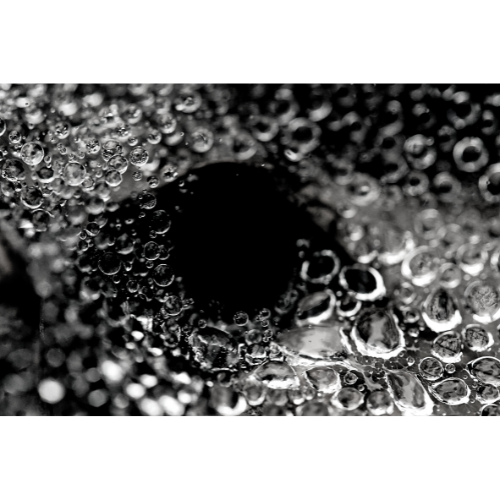This week we talk about (1) how scientists are cleaning up rivers using grasses and oysters, (2) Starship, the biggest rocket ever, (3) 6G, the next-generation wireless that calls for out-of-the-box solutions and broad collaboration, (4) driving a robot boat on the other side of the world, (5) how 3D printing could help blind researchers ‘see’ data.
📧 Welcome to Tenedos
I round up the best articles of the week and send them to a group of people who are as passionate about the world of technology as I am. I do this to keep up with this rapidly changing world. My main areas of interest are emerging technologies, blockchain and the world of innovation in general.

📚 In short
- How scientists are cleaning up rivers using grasses and oysters [link, #sustainabilty #pollution]
- Are space scientists ready for Starship, the biggest rocket ever? [link, #starship #spacetech, #spacex]
- New 6G challenges inspire cross-disciplinary innovation [link, #6G #wireless]
- Driving a robot boat on the other side of the world [link, #robot #boat #remote]
- How 3D printing could help blind researchers ‘see’ data [link, #3dprinting #blindness]
🔝 Must reads
Cleaning up rivers using grasses and oysters
The interesting story of how scientists are restoring aquatic vegetation and beds of mussels and oysters to fight pollution in rivers and creating a strong foundation for healthy ecosystems.
Are space scientists ready for the biggest rocket ever?
Starship will be the biggest rocket ever: this article explores the implications of cheaper space transportation in science and research.
New 6G challenges inspire cross-disciplinary innovation
6G, the next-generation wireless calls for out-of-the-box solutions and broad collaboration. To make 6G a reality engineers and researchers will have to solve a plethora of problems.
Driving a robot boat on the other side of the world
The story of Maxlimer, a 12m robot boat currently mapping the underwater volcano in the Pacific that erupted in spectacular fashion in January 2022.
How 3D printing could help blind researchers ‘see’ data
3D-printed lithophanes can help optically impaired scientists “see” data, such as from protein separation gels, with their fingertips.
🤝 Let’s stay in touch
1. Text me: let me know if this week’s list interested you or point me to something interesting on the net.
2. Subscribe: if you like my newsletter take a minute to subscribe to it and tell your contacts.
3. Feedback: I very much appreciate feedback, good or bad, so that I can improve. Feel free to contact me directly if you have any recommendation for me.
4. Connect with me on: LinkedIn, Twitter, Medium.
Disclaimer: the content of this newsletter is for informational purposes only and it represents the opinions of Michele Remonato.
